Ears and noses to be grown in lab from stem cells
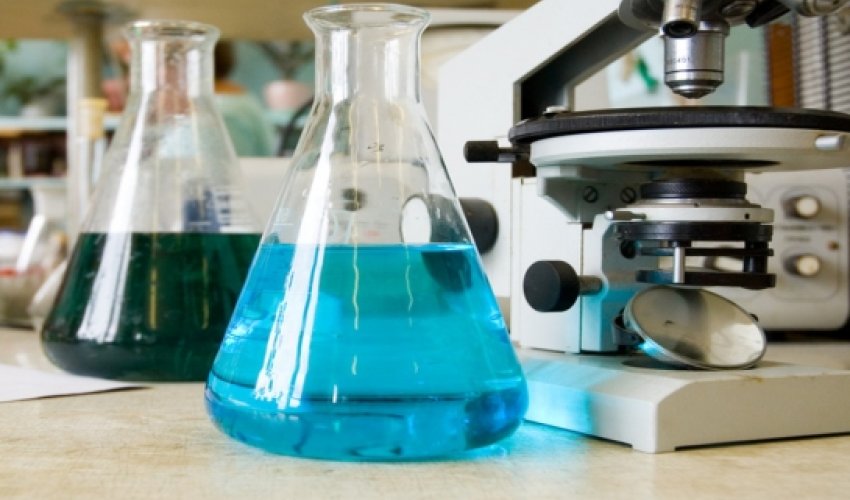
Scientists from Great Ormond Street Hospital and University College London have managed to use abdominal body fat and turn it into cartilage.It is now hoped that the technique could help patients who have been born with microtia, which means the ear fails to develop properly, or who have been in an accident.At the moment, surgeons take cartilage from other parts of the body to treat children with facial defects. The painful procedure sees them shape the nose or ear, and implant it into the child, The Telegraph reports. The new technique would mean that doctors 'grow' the organ separately using a tiny sample of fat from the child.Stem cells would be extracted and grown from it. Scientists would place an ear-shaped 'nano-scaffold' into the stem cell broth so that they take on the correct shape and structure. This would then be placed beneath the skin.Although it would not help with hearing it would be biologically the same as the real thing, the Telegraph reports. The breakthrough has been published in the journal Nanomedicine: Nanotechnology, Biology and Medicine. Neil Bulstrode, consultant plastic surgeon at Great Ormond Street Hospital, co-authored the research.He said: 'It is such an exciting prospect. If we could produce a block of cartilage using stem cells and tissue engineering, this would be the holy grail for our field.'Each year thousands of children are born with a congenital deformity called microtia, when the external ear is not fully developed.Many have an intact inner ear, but experience hearing loss due to the missing external structure.But the research could also have implications for the future of other transplants, and could be used to create bone and other tissue.The report said the technique procedure could 'help to improve stability, integration and functionality of engineered transplants while avoiding tissue rejection'. Dr Patrizia Ferretti, the head of developmental biology at UCL, said it would be useful for children because it means there is no need for immune suppression. She said: 'At the moment we take cartilage out of the ribs which means a major additional surgical procedure that creates a permanent defect, as the rib cartilage does not regrow.'But with this technique you could seed the stem cells on to a mould of a healthy ear, or use 3D printing to make the ear shaped scaffold-containing cells that can then be turned into cartilage.'(dailymail.co.uk)ANN.Az

























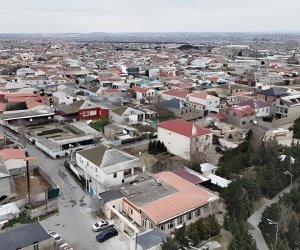

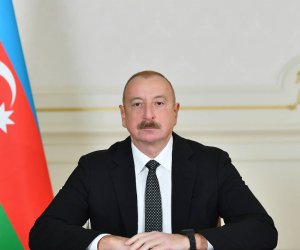
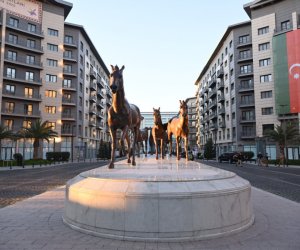



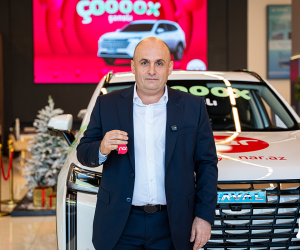



 Photo
Photo 


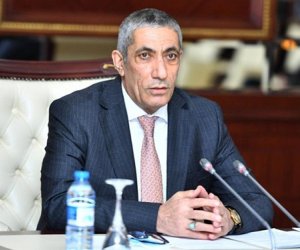
 Video
Video 

